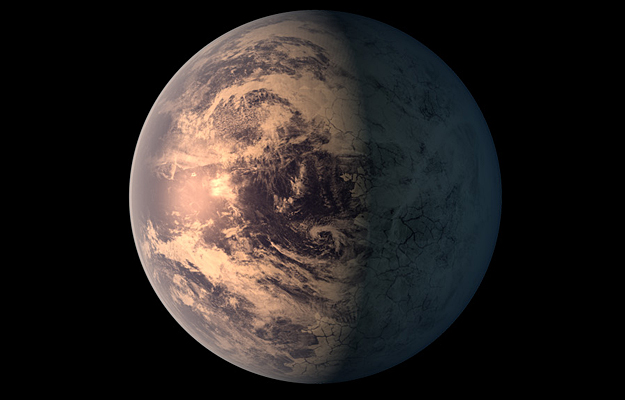A Procedure For Observing Rocky Exoplanets to Maximize the Likelihood That Atmospheric Oxygen Will Be A Biosignature

Here we advocate an observational strategy to help prioritize exoplanet observations.
It starts with more easily obtained observational data, and ranks exoplanets for more difficult follow-up observations based on the likelihood of avoiding planets for which oxygen is a false positives or even an inconclusive signature of life. We find that for oxygen to be a robust biosignature, both land and surface water must be present. Landless exoplanets have much slower biogeochemical cycles, so while oxygenic photosynthesizing life could exist on such planets, it could not produce oxygen at a rate competitive with abiotic rates such as photolysis. These habitable planets, whose life would not be detectable, should be avoided.
Steven J. Desch, Stephen Kane, Carey M. Lisse, Cayman T. Unterborn, Hilairy E. Hartnett, Sang-Heon Shim
(Submitted on 22 Jan 2018)
Comments: 6 pages, 1 figure, white paper submitted in response to the solicitation of feedback for the “Astrobiology Science Strategy for the Search for Life in the Universe” by the National Academy of Sciences
Subjects: Earth and Planetary Astrophysics (astro-ph.EP)
Cite as: arXiv:1801.06935 [astro-ph.EP] (or arXiv:1801.06935v1 [astro-ph.EP] for this version)
Submission history
From: Cayman Unterborn
[v1] Mon, 22 Jan 2018 02:09:29 GMT (413kb)
https://arxiv.org/abs/1801.06935
Astrobiology








